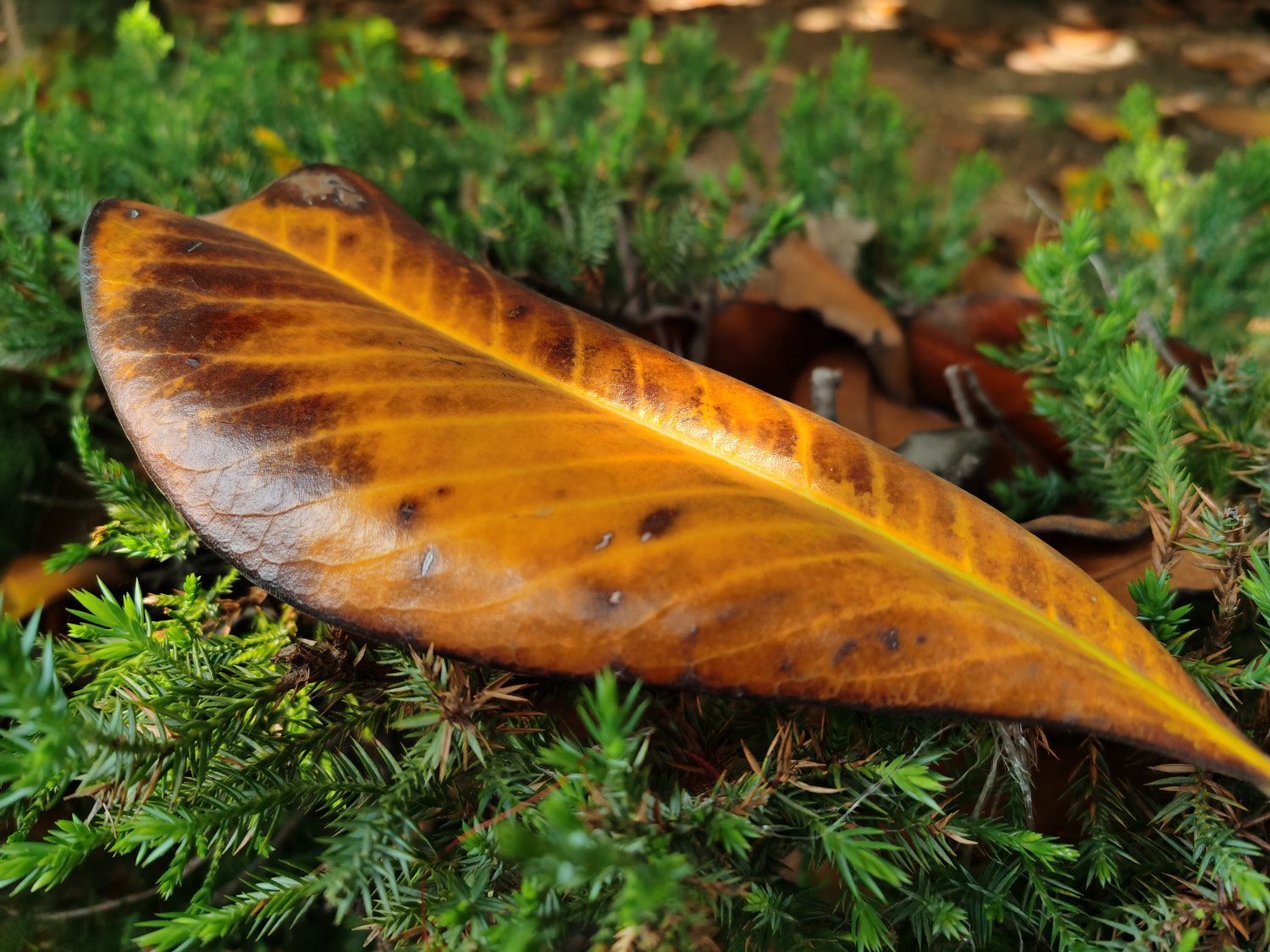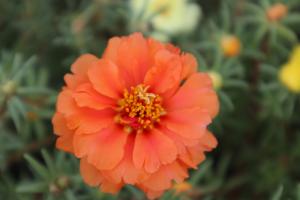Seedling propagation of Loquat
Loquat seeds are harvested after fruit ripening from April to may, and can be sown immediately. Loquat seeds are sown on demand according to the actual needs. In the future, they can be grafted into trees in situ with seedlings, which is conducive to early flowering and fruiting. The seeds should be just buried and should not be too deep into the soil. Strengthen management after sowing, control the ambient temperature between 20-25 ℃, and keep the soil moist and breathable. At the same time, straw and other mulches were used for appropriate shading treatment to reduce water evaporation and promote loquat seed germination in the dark. When loquat seeds germinate new buds, uncover straw and other mulch to enable seedlings to carry out photosynthesis. At the same time, do not direct strong light

Grafting propagation of Loquat
Loquat grafting is suitable to be carried out in mid February, mainly cutting. Seedlings are usually used as rootstock for cutting and grafting. The rootstock should be slightly thicker than the scion, and cut laterally about 5-8 cm away from the ground for grafting. 1-2-year-old robust loquat branches with fruit hanging were selected as scions, the terminal buds and two lateral leaves were retained, and other leaves were removed. The scions were bound and protected with plastic strips after being inserted into rootstocks. The breeding method has the advantages of high survival rate, good growth and fast fruit hanging speed< span>

 how many times do yo...
how many times do yo... how many planted tre...
how many planted tre... how many pine trees ...
how many pine trees ... how many pecan trees...
how many pecan trees... how many plants comp...
how many plants comp... how many plants can ...
how many plants can ... how many plants and ...
how many plants and ... how many pepper plan...
how many pepper plan...































